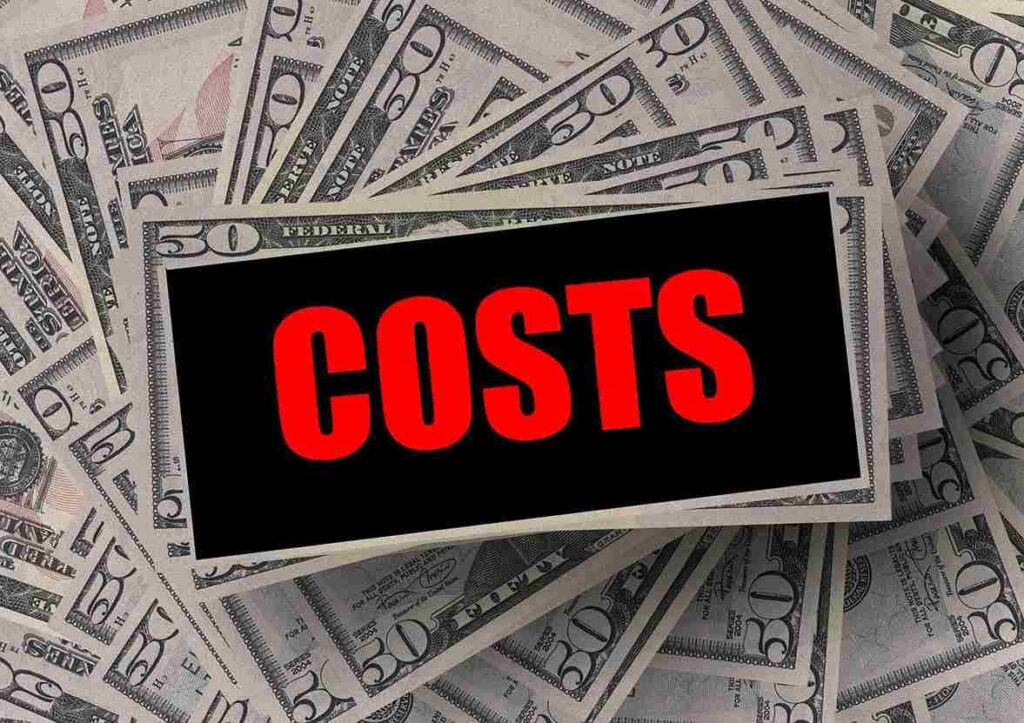Gaining a clear understanding of what is a relevant cost is crucial for making smart and effective business decisions. By studying relevant cost examples, managers and business owners can learn how future expenses impact different choices, leading to more informed and profitable outcomes.
Relevant costs refer to the future expenses that will vary depending on the specific decision you choose to make.
Focusing only on relevant costs helps managers eliminate distractions and base decisions on meaningful financial data.
In this article, we’ll break down the concept using real-world relevant costing examples to show exactly how relevant costs for decision making can significantly impact business success.
Let’s dive into 6 powerful relevant cost examples that every professional should know!

What is Relevant Cost?
A relevant cost refers to any future expense that will be directly impacted by a specific business decision.
When evaluating different options, only those costs that change because of the decision should be taken into account.
Ignoring irrelevant costs ensures that managers and business owners make sharper, more financially sound choices.
Relevant Cost Definition
Here’s the simple relevant cost definition:
Relevant costs are future expenses that are directly affected by a particular management decision and should be carefully evaluated during the decision-making process.
On the other hand, sunk costs (expenses that have already been incurred) are not relevant because they cannot be altered by future decisions.
Now, let’s move into real-world relevant costing examples and practical scenarios where knowing what is relevant cost can lead to smarter financial decisions!
Relevant Cost Examples
1. Special Order Pricing
Scenario:
ABC Manufacturing usually sells tables at $100 each. A new customer offers to buy 500 tables at $75 each, but only if ABC accepts immediately.
Relevant Costs:
- The costs associated with materials and labor necessary to produce the 500 tables.
- Additional delivery costs.
Irrelevant Costs:
- Factory rent already paid.
- Salaries of permanent office staff.
✅ ABC should only accept the offer if the selling price covers the relevant costs and still leaves a profit.
2. Make or Buy Decision
Scenario:
XYZ Motors produces car seats in-house. A supplier offers the same seats at $30 each, and XYZ’s in-house cost is $28 each.
Relevant Costs:
- In-house cost of $28 vs. outsourcing cost of $30.
- Possible savings if factory space is used for more profitable products.
Irrelevant Costs:
- Past investments in old seat-making machines.
✅ Here, relevant costing examples show that even if outsourcing is slightly more expensive, it could be better if it frees up space for more profitable work.
3. Dropping a Product Line
Scenario:
A bakery sells cakes, cookies, and bread. Cookies are not performing well and losing money.
Relevant Costs:
- Future savings in ingredients, labor, and electricity if cookies are discontinued.
- Opportunity to use the oven time for producing more profitable cakes.
Irrelevant Costs:
- Past marketing costs for cookies.
✅ If discontinuing cookies saves more money than it loses, the bakery should drop the product — a key lesson in relevant costs for decision making.
4. Accepting a Special Project
Scenario:
A freelance graphic designer typically sets a standard fee of $500 for each logo design. A non-profit organization asks her to design a logo for $300.
Relevant Costs:
- Time spent on this project.
- Cost of materials (software subscription, internet usage).
Irrelevant Costs:
- Rent of her office space (already paid).
✅ If her time is free (no other projects pending) and she covers her relevant costs, accepting the project makes sense.
5. Choosing Between Two Investments
Scenario:
A small business wants to invest either in social media ads or a billboard ad.
Relevant Costs:
- Cost of each advertisement type.
- Expected sales generated by each method.
Opportunity Cost:
- The profit lost from choosing the less successful campaign.
✅ Good managers understand what is relevant cost and opportunity cost when picking between two investments. They select the alternative that offers the highest overall profit.
6. Equipment Replacement Decision
Scenario:
A laundry business has an old washing machine costing $2,000 in maintenance every year. A brand-new machine requires a $10,000 investment but would lower annual maintenance expenses to only $200.
Relevant Costs:
- New machine cost.
- Maintenance savings each year.
Irrelevant Costs:
- Original price paid for the old washing machine.
✅ Over a few years, the maintenance savings could outweigh the cost of the new machine. In this case, the relevant costs show that replacing the equipment is a smart move.
Final Thoughts
Understanding what is relevant cost and using it correctly can save companies huge amounts of money and effort. Whether it’s a special project, buying new equipment, or dropping a product line, focusing only on relevant costs for decision making ensures you make smart, profitable choices.
Remember:
👉 Ignore past expenses (sunk costs).
👉 Focus on future, decision-specific costs.
We hope these relevant cost examples and relevant costing examples gave you a practical view of smart decision-making!
Quick FAQ
Q: What is a relevant cost?
A: It refers to any future expense that varies based on the decision you make.
Q: Why ignore sunk costs?
A: Because such costs cannot be recovered and are irrelevant to future business decisions.